Getting into cycling? What you need to know before you buy your new bike
Is a hybrid the go-to for beginners, or should you consider something else?


Bike shops across the UK have been reporting record sales as the coronavirus pandemic sees people looking to get active and stay off public transport - and many of the bikes being wheeled out the door have been hybrid models.
These 'do it all' machines have long been the go-to for new or returning cyclists. Last week, Halfords revealed a doubling in demand for hybrid bikes and Sigma Sports say these flat bar companions are up 90 per cent compared to this time last year.
If you're researching a new bike purchase and wondering if a hybrid is right for you, I'll counter that with another question: what are you buying the bike for?
Cycling's divided genre
The hybrid bike is perhaps the strangest genre in all of cycling.
Road bikes are created for riding on the tarmac, and then splintered down into a myriad of styles (road race, endurance road, adventure road). Mountain bikes are similarly diverse (downhill, hardtail, full-suspension).
>>> Road bike size guide: how to choose a bike that fits
Hybrid bikes, by definition, straddle the two worlds (by wildly differing degrees) yet they remain under one united title.
Some hybrid bikes come with slick tyres and clearance tailored to rubber not bigger than 35c. The models are designed to be ridden on the road - some are pretty much flat bar road bikes with a slightly less head down aggressive riding position. Examples include the Canyon Urban, BMC Alpenchallenge and Pinnacle Neon.
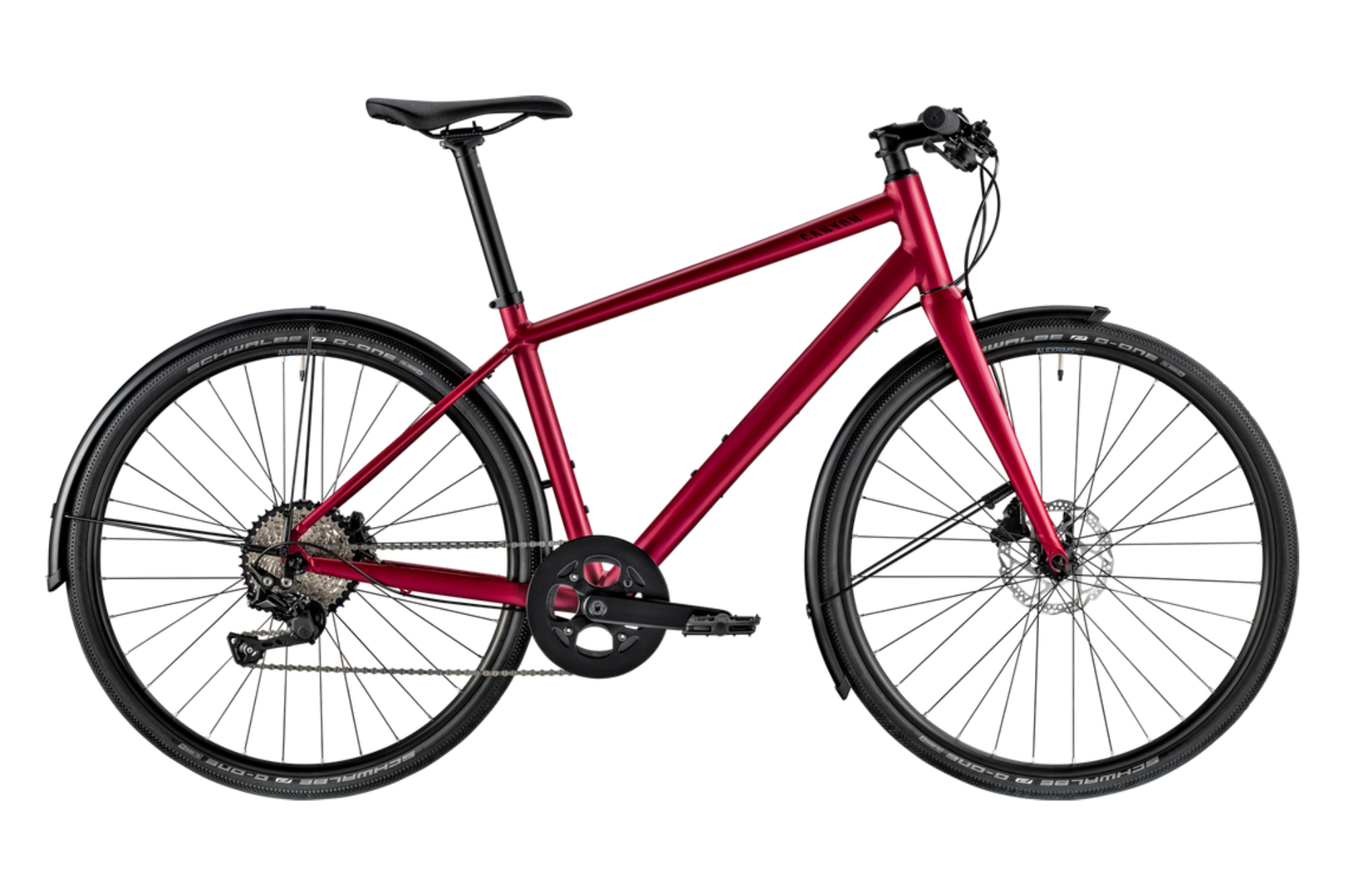
At the other end of the scale, others provide space for 2.2" width tyres, like the Pinnacle Lithium (I absolutely loved that bike when I reviewed it last year), whilst some even load up with front end suspension - for example Boardman's MTX range or the Cannondale Bad Boy, with its Lefty fork.
At this point, the machine has morphed into a slightly less capable hardtail mountain bike.
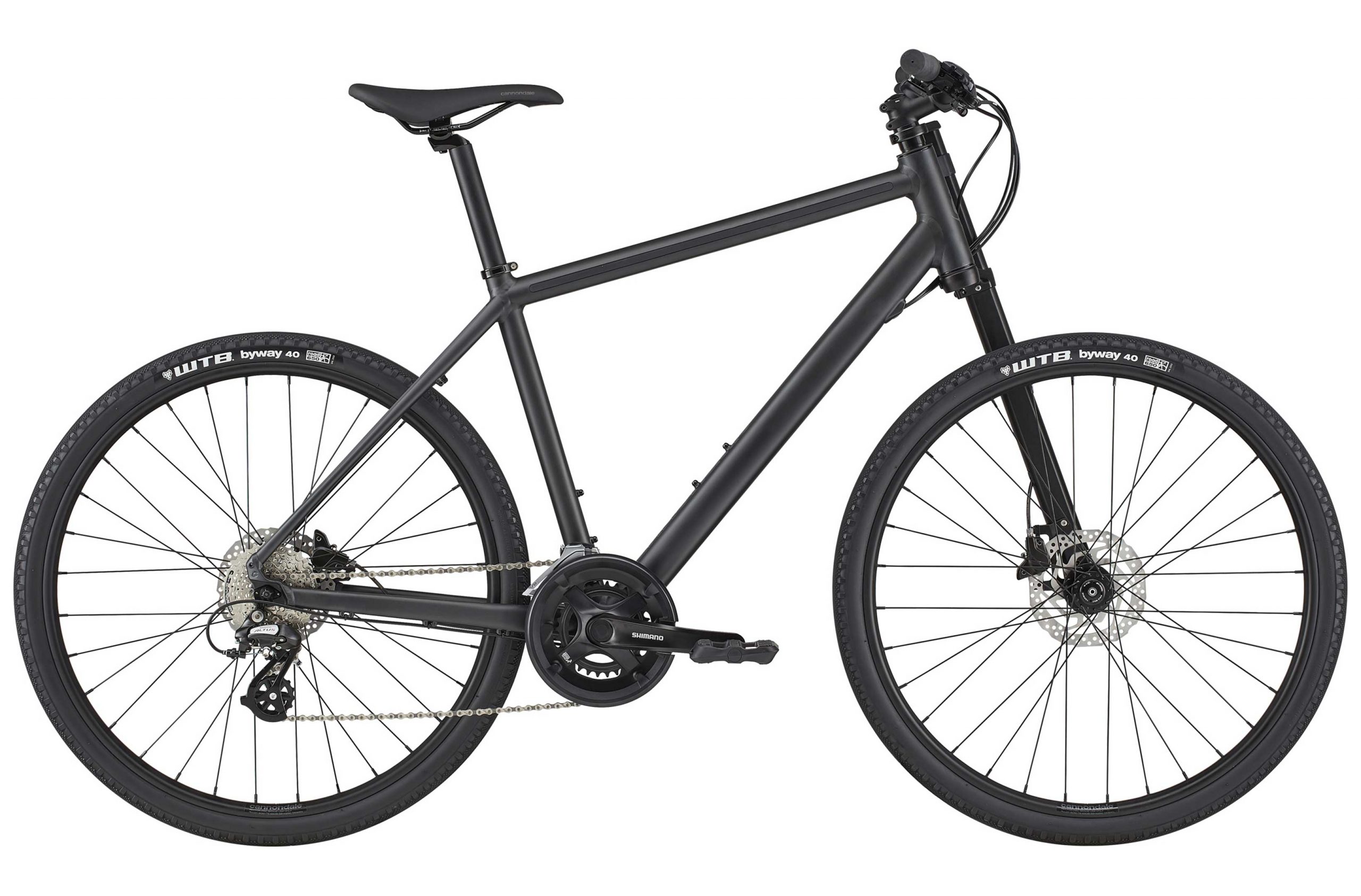
Despite the Canyon Urban and Cannondale Bad Boy being worlds apart, technically, they're both 'hybrid bikes'. And all of the bikes above could make for very good commuters. Getting from A to B is what hybrids are known for, and they're excellent at that job.
Hybrid bikes typically come with plenty of support for racks and mudguard mounts and the flat bar is well suited to riding with a handbag or backpack slung over the shoulder, as well as being comfortable and enabling a good view of all that's going on ahead. A model with skinny tyres will get you to your destination quicker, assuming the surface is good, whilst a version with wide tyres and/or suspension will allow you to take a shortcut across the park.
If your primary intention is to use the bike to commute, and you're not looking at any leisure riding outside of that, a hybrid is often a sensible choice.
However, if you're buying the road going style with plans to venture out on the lanes for leisure road rides, or a model that takes notes from mountain bikes with plans to check out your local woods for fun on the weekend then I'd be more cautious. The likelihood is that after six to 12 months of riding, you'll be wishing you'd simply bought a bike tailored to the riding you're lusting over.
Will you 'grow out' of your hybrid in six months time?
Road bikes equip a rider with dropped handlebars. You don't need to ride with your hands on these all the time. When cruising on flat roads, you'll mostly place your hands on the hoods or tops, moving to the lower position for descents, some corners and fast riding on flat roads.
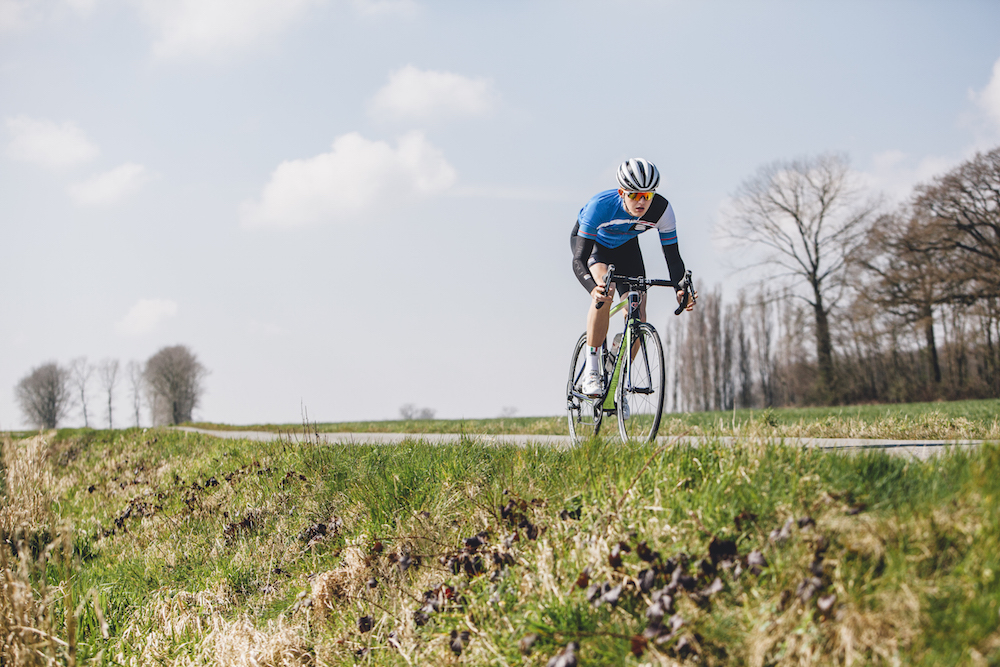
The geometry of such a bike will be designed to place your body in a more aerodynamic position. Before you protest, whilst when starting out you may not feel that aerodynamics impact you, physics actually has more impact on you than it does the Olympic cyclists you think this technology should be reserved for. Why? Well - it's going to take you longer to cover the same distance, so you've got a lot more room for improvement.
Wind resistance makes up 70 per cent of the force against you as a cyclist and 80 per cent of it is generated by your body shape on the bike. If you're buying a hybrid bike, but really dreaming off whooshing around country lanes on the tarmac, you'll achieve faster average speeds and likely have a lot more fun on a road bike.
And if you're looking at a new hobby on the trails? Suspension forks fitted to light trail ready hybrid bikes usually offer around 60mm of travel. Go for an entry level hardtail bike - something like the Trek Roscoe 6 - and you're looking at double that, with 120mm of travel and the added squish of 2.8" tyres fitted to 27.5 rims. That's a whole lot more root and rock tackling capability.
Buying a road or hardtail mountain is usually a little bit more expensive than investing in the average hybrid - with entry level models in our cheap road and cheap mountain bike guides coming in at about £500. However, choosing a £200 'does it all' bike only to trade it in six months later is somewhat of a false economy.
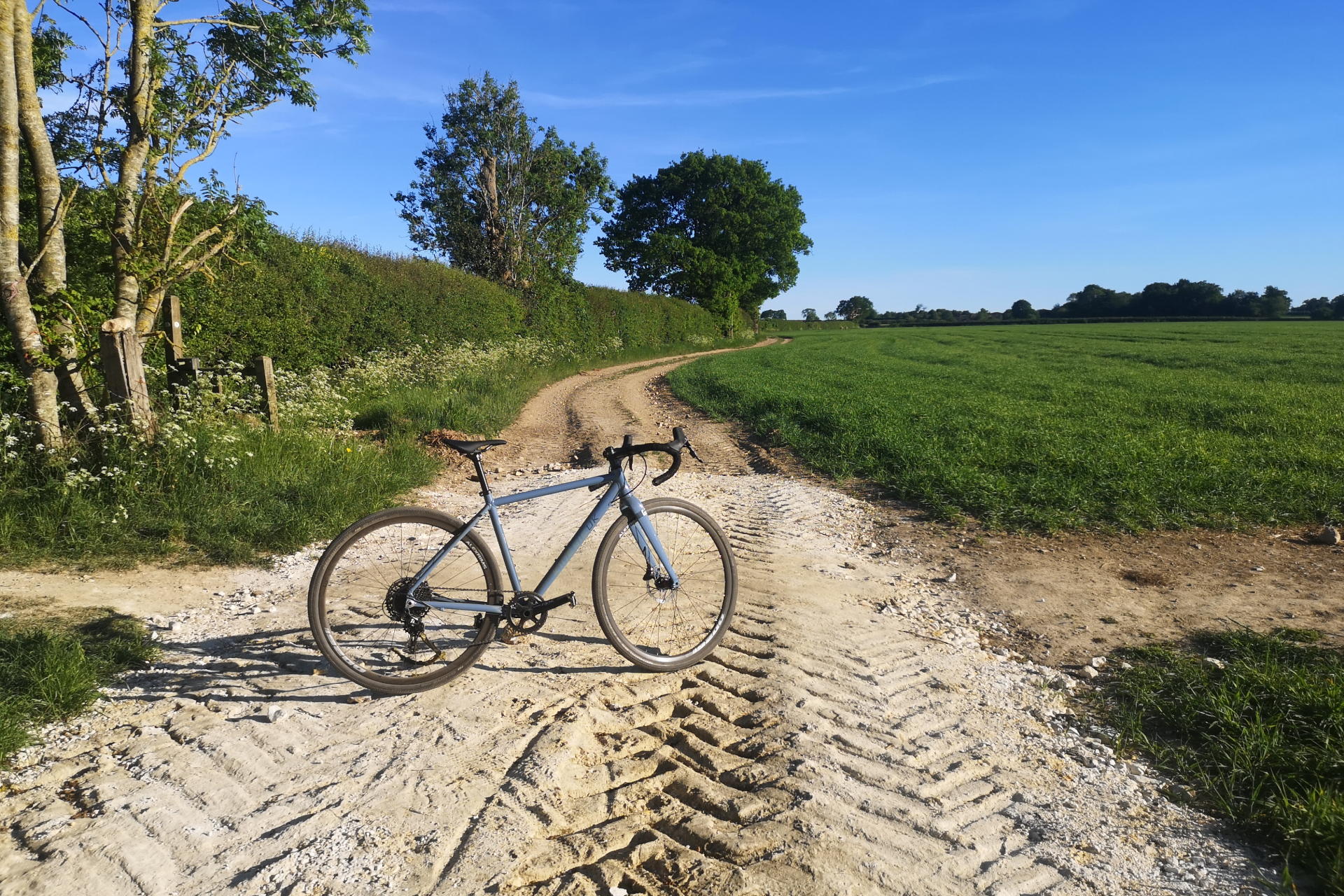
Of course, it's possible that you're exploring hybrid bikes because you're fairly sure you want to take your cycling in a more sporty direction, but you don't know if that will be on the tarmac or the dirt. In that case, the adventure or gravel bike genre is right up your street. Like hybrids, the growing genre incorporates components of the road and mountain bike segments but parcels them into a sportier overall package, at a lower weight and usually with higher end components that will last you longer. Granted, these usually come carrying a more pricey swing tag.
The final word...
Hybrid bikes are fast sellers - and for a reason: for those looking to get around by bike in a heads-up, comfortable position, they're great and well suited to commuters who want to carry luggage in comfort. The disconnect happens when commuting is only one small part of the motivation. If you're buying a hybrid as an entry into a brand new sporting world, it may be worth spending just that little bit more to avoid a second trip to the bike shop in a few short months time.

Thank you for reading 20 articles this month* Join now for unlimited access
Enjoy your first month for just £1 / $1 / €1
*Read 5 free articles per month without a subscription

Join now for unlimited access
Try first month for just £1 / $1 / €1
Get The Leadout Newsletter
The latest race content, interviews, features, reviews and expert buying guides, direct to your inbox!
Michelle Arthurs-Brennan the Editor of Cycling Weekly website. An NCTJ qualified traditional journalist by trade, Michelle began her career working for local newspapers. She's worked within the cycling industry since 2012, and joined the Cycling Weekly team in 2017, having previously been Editor at Total Women's Cycling. Prior to welcoming her first daughter in 2022, Michelle raced on the road, track, and in time trials, and still rides as much as she can - albeit a fair proportion indoors, for now.
Michelle is on maternity leave from April 2025 until spring 2026.
-
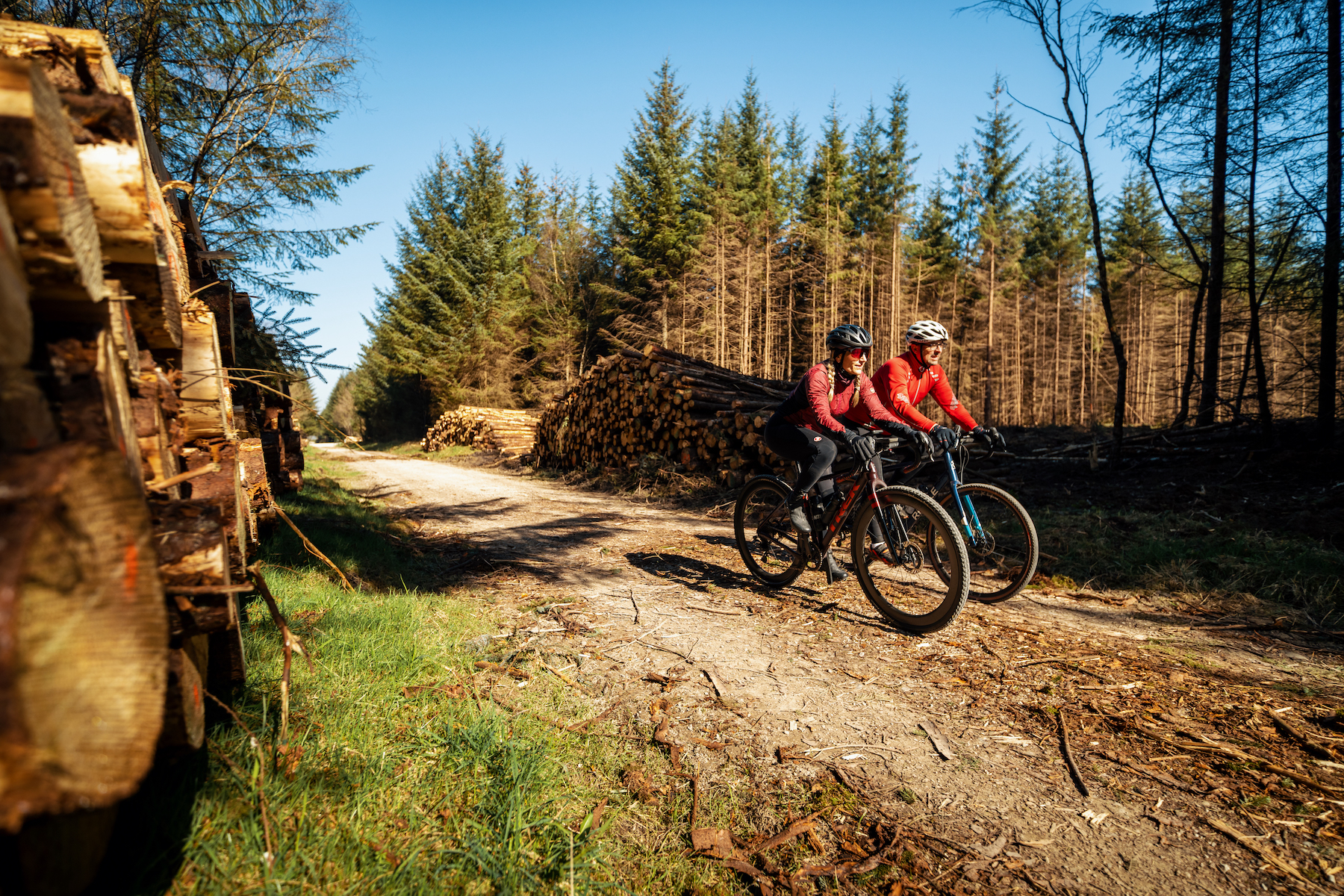 'We don't own gravel - it's a community thing': the spirit of gravel is safe, say British Gravel Championship organisers
'We don't own gravel - it's a community thing': the spirit of gravel is safe, say British Gravel Championship organisersCycling Weekly travels to Dalby Forest to ride the championship course and find out where we go from here
By James Shrubsall
-
 'I have been ashamed for days' - Man who threw bottle at Mathieu van der Poel at Paris-Roubaix apologises
'I have been ashamed for days' - Man who threw bottle at Mathieu van der Poel at Paris-Roubaix apologisesIn a letter to Belgian newspaper Het Laatste Nieuws, the assailant apologised for his action on Sunday
By Adam Becket